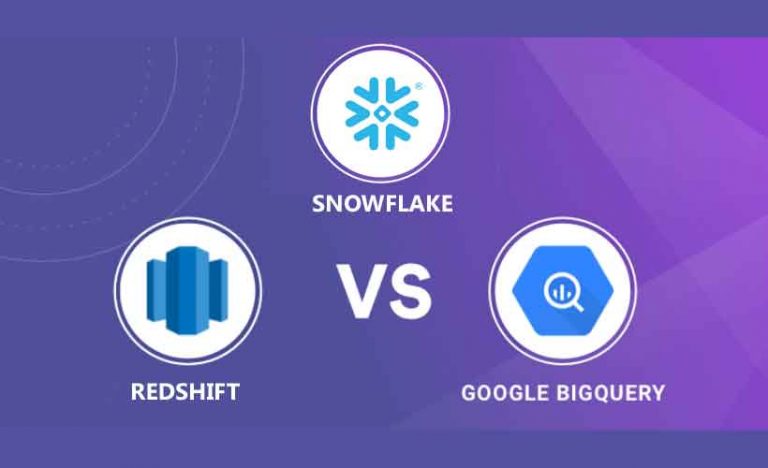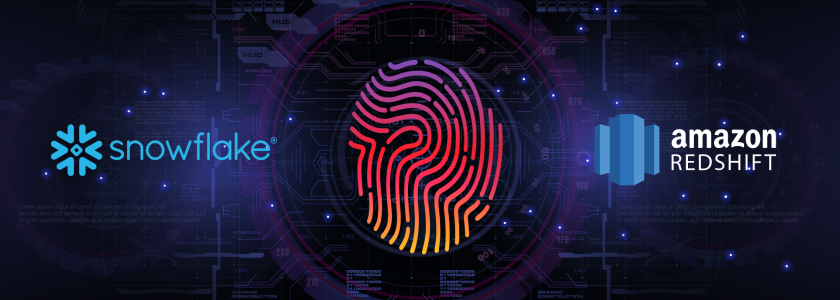

Secondly, Snowflake emphasizes the sharing functionality, allowing users to share data freely in real time. For starters, Snowflake is based on an SQL database engine that’s designed with cloud computing purposes in mind. However, when it comes to Snowflake, you should be aware of a couple of differences before making a decision. Moreover, Snowflake is even built on top of the Amazon Web Services or Microsoft Azure cloud infrastructures! Generally speaking, there are lots of similarities! Both solutions are cloud-based, both are offered in the SaaS model, and both can be used to store, process, and analyze large volumes of data. What do you need to know about Redshift’s main competitor when it comes to data warehouse solutions? Snowflake: Redshift’s major competitor With Amazon Redshift done, we can switch to Snowflake. If you want to find out more, read our Big Data Security Issues and Challenges blog post. Mind you, although additional data security measures are optional, you should make sure your assets are properly secured, especially when you deal with sensitive personal or financial data. That said, Redshift comes with a safety feature enabling you to utilize database encryption for your clusters in order to protect data at rest. Data security: The good news is, Amazon pays a lot of attention when it comes to the cybersecurity of their services.Such a way of storing data enables processing even large volumes of big data–quickly and efficiently. Therefore, we can indicate three types of instances in Redshift: Dense Compute (dc2), Dense Storage (ds), and Managed Storage (ra3). The number of slices per node depends on the node instance types. These nodes, in turn, are composed of smaller slices. Clusters: Since we’ve already tackled this subject, it is vital to emphasize that Redshift’s infrastructure is based on clusters, which are based on multiple nodes (it’s where you store data tables).Within the Redshift dashboard, you have easy access to the current number of clusters and nodes, cluster health status, critical performance metrics, and performance workloads. Intuitive dashboard: Redshift comes with a ready-made console for administrators to create, configure, and manage Amazon Redshift clusters.This columnar design reduces the overall disk requirements and reduces the amount of data you need to load from the disk, making your work far more effective. Columnar storage: As Amazon informs us on their website, it’s a very efficient solution because it enables optimizing analytical query performance.Let’s examine some of the most important features of this data warehouse solution: Redshift has a unique architecture that makes this solution stand out from its competition. Some time ago, we talked a lot about the ETL process on our blog.Īnd because Redshift is a part of the Amazon AWS platform, you have quick and easy access to other Amazon cloud services, including Amazon S3. In order to make the most of Amazon Redshift, you ought to start with the ETL process, which is indispensable when it comes to data warehousing. One of the biggest advantages of Redshift is that it works brilliantly with diverse data sources and data analytics tools.

You should use Redshift to store big data and conduct database migrations, even extensive ones. It’s a fully managed data warehouse solution that’s available only in the cloud computing model. The very first thing you need to know is that Redshift is a part of the larger AWS environment. Let’s get down to business! What do you need to know about Amazon Redshift? Today, you will discover answers to these questions, as we’re going to do a small Snowflake vs. Many organizations wonder which one is better. And difficult not to mention Amazon Redshift and Snowflake when discussing data warehouse solutions.

You might even say data warehouses are at the very center of what we do every day. These are some of our primary tools that are useful when it comes to projects based on: What do you need to know about each one of them? And which one should you pick? In a few moments, you will discover answers to these questions.Īt Addepto, we work with various data warehouses on a regular basis. In this article, we are going to take a closer look at both these data warehouse solutions. These are Amazon Redshift (a part of Amazon Web Services) and Snowflake, a standalone solution designed by a company under the same name. However, in the last few years, two solutions have come to the forefront. When it comes to data warehouse implementation, there are several options for you to choose from.


 0 kommentar(er)
0 kommentar(er)
